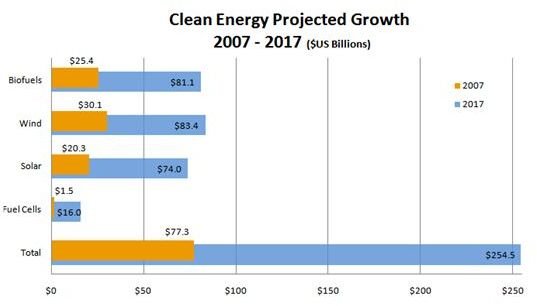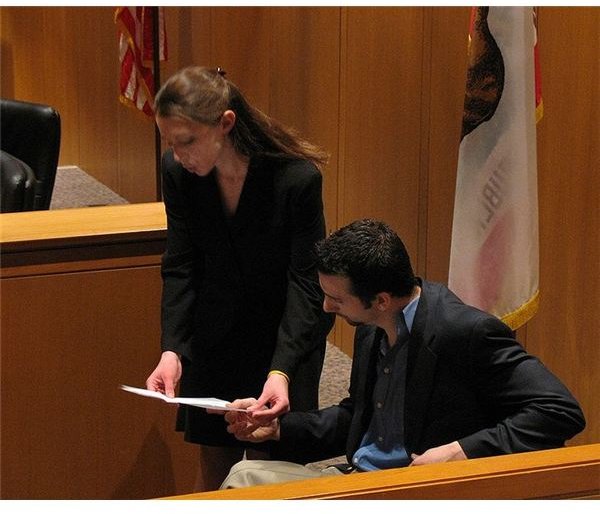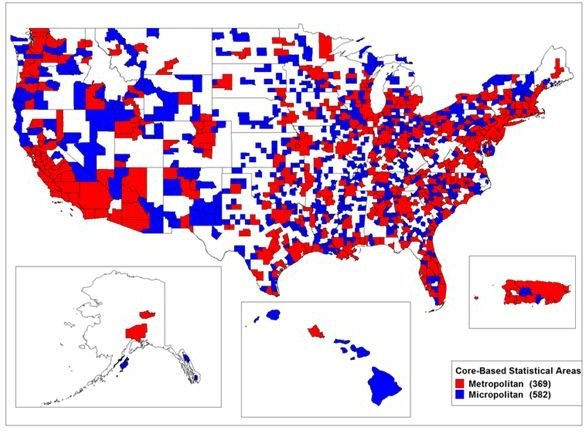What Does an Actuary Do ? Analysis of an Actuarial Job Description
The Four Major Functions of an Actuary’s Job:
After all the research about the mathematical skills of an actuary, combined with his broad knowledge of business and social science as well as passing at least two of the multi-series actuarial tests, there’s another aspect worth looking into. It would be interesting to know what an actuary does with all the knowledge and training he has acquired as an actuarial professional.
If you’re asking just what does an actuary do, let’s take a closer look at some of the job descriptions and gain some insights:
Where the business analyst makes forecasts based on analysis of statistical data, the actuary makes an analysis of the actual or perceived risks that may be present in those forecasts. However, an actuary’s job is considered broad and has been divided into four major functions:
- Gather and evaluate statistical data.
- Review existing company policies and give advice if risks calculated are not taken into account.
- Testify as an expert witness in cases of lawsuits.
- Update and modify statistical models or come up with a new one for a new product or risk concern.
Gather and Evaluate Statistical Data
In gathering and evaluating statistical data, the actuary’s first concern is to have a well managed source of data that is sufficient and reliable. An actuarial analyst may use external resources or models developed by other professional analysts aside from developing his own. As an actuary, his areas of consideration make use of his knowledge of macroeconomics which denotes a larger scope not only of the industry but of all factors that can affect the industry.
Using data mining tools, predictive models, business risk analysis, and other forms of technological advances, the insurance actuary collects data on accidents, retirement, disability, sickness, and mortality. The financial actuary on the other hand would consider using statistical data about lottery sales, unemployment, job growth, foreign exchange rates, and credit score analysis.
In being able to gather a large compilation of data, the actuary will also have a large collection of important variables in support of the models; he will use these as the bases for pricing recommendations, or terms and benefits, as well for remedies against the risk factors involved.
Review Existing Company Policies

Insurance actuaries are assigned to conduct a review of the existing insurance policies, if they are being implemented, and how well the policies have provided the company with profitable contributions. His review should include the preventive actions that have been implemented to curtail the effects of the risks previously perceived.
In financial consulting, an actuary may be tasked to make a review of the investment policies in relation to retirement funds and benefits by measuring the risks that can affect the liquidity of the investment portfolio, the rate of return for long-term placements, and their viability. The actuary will have to establish the current conditions and the variables created.
The objective is to determine if the existing policies are still adaptable to the present state of business affairs, whether internally or externally, in order to determine the possible solutions or remedies to be adopted to counter their negative effects.
Testify as an Expert Witness in Cases of Lawsuits

What does an actuary do if asked to testify as an expert witness?
An actuarial professional disclosed in an interview about his years of experience for testifying as an expert actuary in court litigation proceedings. Some of the cases for which he acted as expert witness involved violations of antitrust laws, insurance fraud, questions about the applicability of actuarial standards, actuarial malpractice, and as an expert for damages modeling.
In this kind of task, the actuary’s professional competency will be cross-examined. However, his communication skills will be greatly appreciated by those concerned if he is able to testify about complex issues using relatively simple layman’s terms.
Devising New Methods of Risk Analysis

A company may want to come out with a new product line in which its feasibility as well as profitability may have been determined as favorably profitable. However, before fully launching the production of the new line, the actuary will have to assess the risks that the company faces in the event that the product hits the market.
The actuary’s main concern is to determine those that can be perceived as acceptable and manageable, or identify the internal and external variables. A related task is to come up with the solutions on how the possible detriments can be avoided or their effects minimized but should be closely coordinated with the creative team or the cost accounting sector. Perceived risks in availability of material is one example that may affect production. How many can be produced at a certain cost, and at price markups that can produce a reasonable rate of return, but with growth potential?
As a professional actuary, it is important he will be able to perceive these risks accurately since the results of his analysis is said to be the critical point of management’s decision.
These are said to be the major functions that represent what an actuary does as actual work, and from what has been cited above, it explains the need for all the professionally certified training and education that an actuary needs, for which he is financially rewarded.
Reference Materials and Image Credit Section:
References:
- Compilation of Variables Necessary for Performing Dynamic Financial Analysis of Iinsurance Companies – https://www.casact.org/research/drm/index.cfm?fa=final
- Actuary. org Charles McClenahan, FCAS, ASA by Sam Phillips — https://www.imageoftheactuary.org/Home/TheHeritage/Pioneers/CharlesMcClenahanFSA/tabid/243/Default.aspx
Image Credits:
